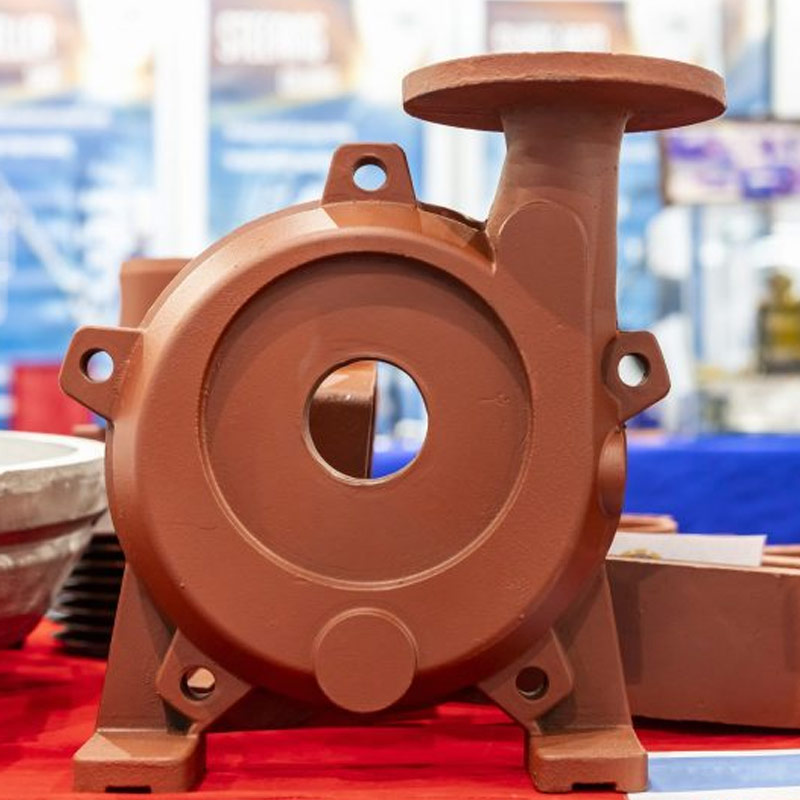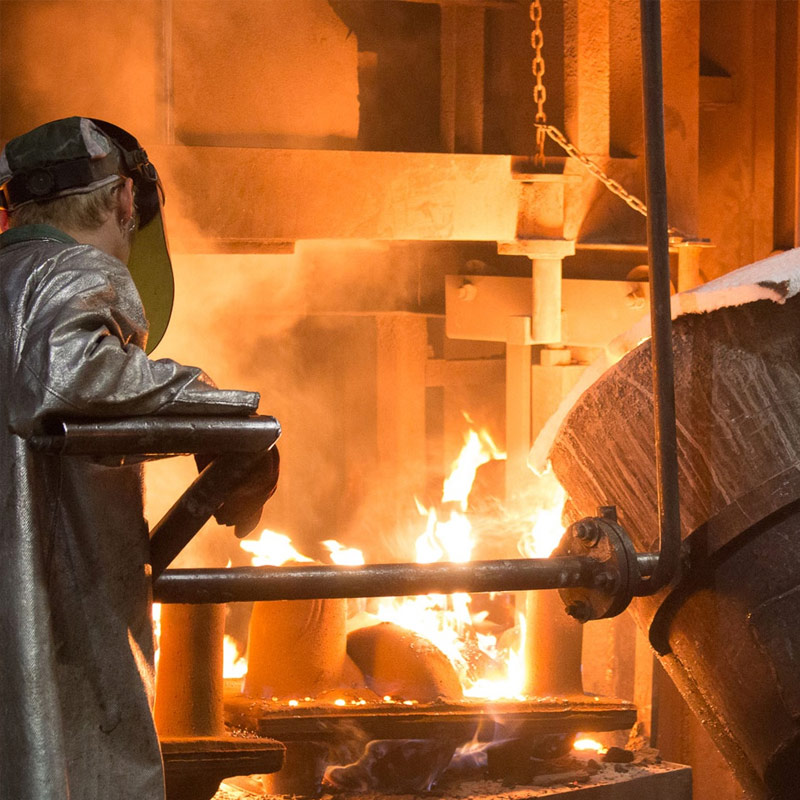Volute Pump Water Pump Castings

 English
English
![]()
 English
English
 Russian
Russian
 French
French
 Spanish
Spanish


Shell moulding, also known as shell-mould casting, is an expendable mould casting process that uses resin covered sand to form the mould. As compared to sand casting, this process has better dimensional accuracy, a higher productivity rate, and lower labour requirements. It is used for small to medium parts that require high precision. Shell moulding was developed as a manufacturing process during the mid-20th century in Germany. It was invented by German engineer Johannes Croning.
Shell mould casting is a metal casting process similar to sand casting, in that molten metal is poured into an expendable mould. However, in shell mould casting, the mould is a thin-walled shell created from applying a sand-resin mixture around a pattern. The pattern, a metal piece in the shape of the desired part, is reused to form multiple shell moulds. A reusable pattern allows for higher production rates, while the disposable moulds enable complex geometries to be cast. Shell mould casting requires the use of a metal pattern, oven, sand-resin mixture, dump box, and molten metal.

The advantages of shell mold casting include:
- Shell mold casting can create very intricate and detailed parts.
- The process is relatively fast, especially when compared to other casting methods.
- It is a cost-effective method for producing small batches of parts.
- Shell mold castings typically have a very smooth surface finish.
Shell mold casting is a metal casting process in which molds are created using a resin-coated sand. The mold halves are then joined together and metal is poured into the mold, where it takes the shape of the desired part.The shell mold casting process can be used to produce parts with very complex shapes, and it offers a number of advantages over other casting methods.Shell mold casting is typically used for small to medium-sized castings, and it can be used with most metals, including aluminum, bronze, iron, and steel.
The shell molding process is a method of creating metal parts using a heat-resistant resin and a metal mold. The mold is first heated, then the resin is applied to the mold. After the resin cools, the mold is removed and the metal part is cast.Shell mold casting is often used for small to medium-sized castings, as it provides superior dimensional accuracy and surface finish compared to other casting methods. Additionally, shell molding can be used with a variety of metals, including aluminum, iron, and steel.

We provide our customers with a full range of products, services and solutions to help them remain competitive in their respective fields. We handle every job with the best process for lowest cost, best quality and highest efficiency. Our capabilities are comprehensive and include engineering design, sample development, process control, heat treatment, machining, inspection, and shipping and delivery. Thanks to our extensive experience and expertise in casting and machining, we are able to produce a wide range of parts and assemblies serving a wide range of industries and applications.
We attach great importance to quality. We are ISO9001/2015, AS9100 ISO45001:2018 and PED 97/23/E, ADW0 and API 6D certified by BV, TUV and DNV. The implementation of the ISO9001 quality management system ensures the good performance of our products and services, enabling us to establish long-term business relationships with customers all over the world.
The field is required.
The field is required.
The field is required.
The field is required.
Send